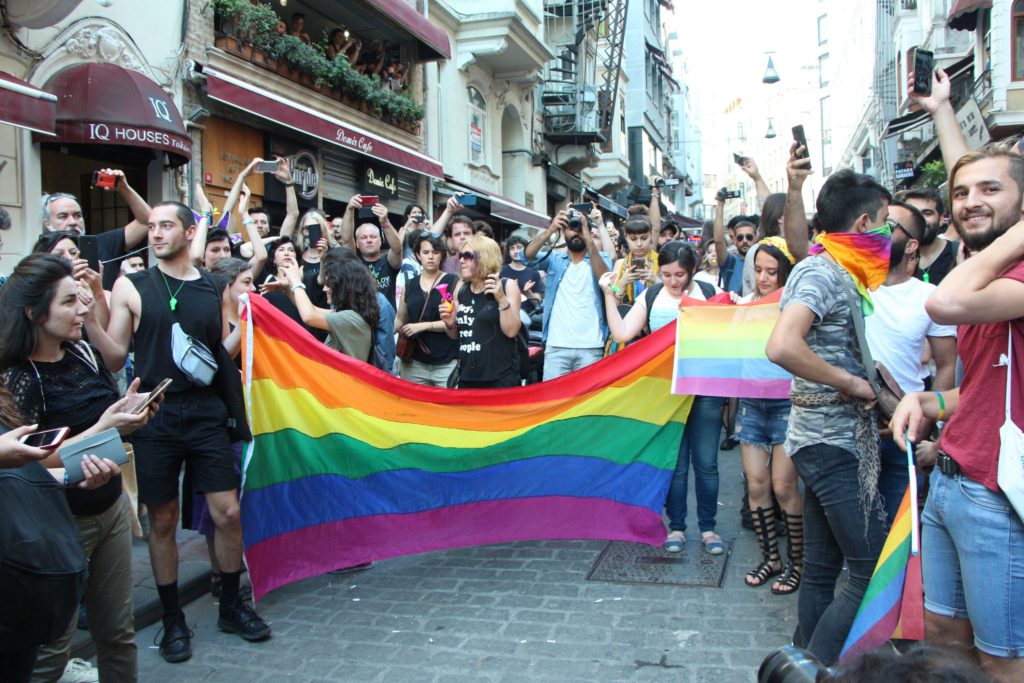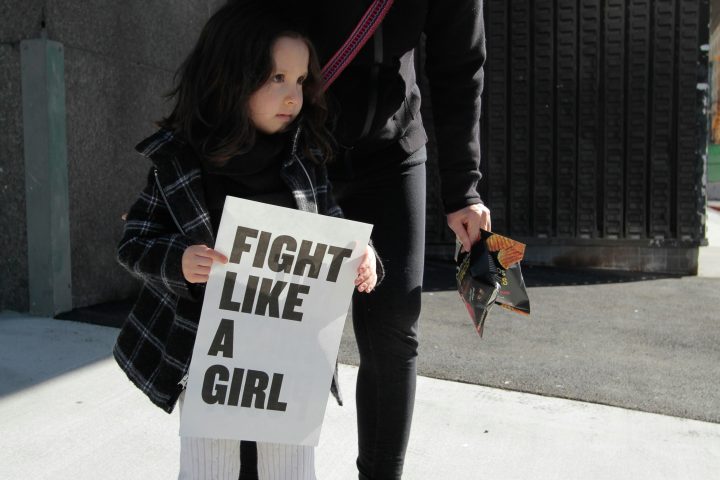Key Takeaways
Whitesplaining is a term used to describe the act of white individuals explaining or commenting on issues that primarily affect marginalized communities, often without fully understanding or acknowledging the experiences and perspectives of those communities.
Whitesplaining can perpetuate power imbalances and hinder progress towards equality and social justice.
It is important to recognize and challenge whitesplaining in order to create a more inclusive and equitable society.
Understanding Whitesplaining
Whitesplaining is a term that has gained traction in recent years, particularly in discussions surrounding race, privilege, and social justice. It refers to the act of white individuals explaining or commenting on issues that primarily affect marginalized communities, often without fully understanding or acknowledging the experiences and perspectives of those communities.
Whitesplaining can manifest in various ways, from well-intentioned but misguided attempts to explain or offer solutions to issues faced by marginalized communities, to more overt forms of dismissiveness or condescension. It is rooted in the power dynamics that exist within society, where white individuals often hold more privilege and societal influence than individuals from marginalized backgrounds.
One of the key aspects of whitesplaining is the assumption of expertise or authority on a subject matter that one may not have direct experience with. This can lead to the erasure or dismissal of the lived experiences and knowledge of individuals from marginalized communities, perpetuating power imbalances and hindering progress towards equality and social justice.
The Impact of Whitesplaining
Whitesplaining can have significant negative impacts on individuals and communities. By disregarding or minimizing the experiences and perspectives of marginalized communities, it reinforces existing power structures and perpetuates inequality. It can also contribute to the silencing and marginalization of voices from these communities, making it more difficult for them to be heard and for their concerns to be addressed.
Furthermore, whitesplaining can hinder meaningful dialogue and understanding between different groups. When individuals from marginalized communities are constantly subjected to whitesplaining, it can create a hostile environment where their experiences and perspectives are not valued or respected. This can lead to frustration, anger, and a breakdown in communication.
Whitesplaining also has the potential to undermine efforts towards allyship and solidarity. When white individuals take it upon themselves to explain or speak on behalf of marginalized communities, it can overshadow and diminish the voices of those who are directly affected by the issues at hand. This can prevent genuine collaboration and partnership in the fight for social justice.
Challenging Whitesplaining
Recognizing and challenging whitesplaining is crucial in creating a more inclusive and equitable society. Here are some strategies to address and combat whitesplaining:
1. Listen and Learn: Take the time to listen and learn from individuals from marginalized communities. Recognize that their experiences and perspectives are valid and valuable, and make an effort to understand their lived realities.
2. Reflect on Privilege: Reflect on your own privilege and how it may shape your understanding of certain issues. Acknowledge that your perspective may be limited and seek to broaden your knowledge and awareness.
3. Amplify Marginalized Voices: Instead of speaking over or for marginalized communities, use your privilege to amplify their voices and support their causes. Share their stories, promote their work, and actively seek out opportunities to uplift their voices.
4. Practice Humility: Recognize that you may not always have all the answers or the expertise on a particular issue. Be willing to learn from others and be open to feedback and criticism.
5. Engage in Dialogue: Engage in respectful and meaningful dialogue with individuals from marginalized communities. Ask questions, seek clarification, and be open to having your perspectives challenged.
Conclusion
Whitesplaining is a phenomenon that can hinder progress towards equality and social justice. By recognizing and challenging whitesplaining, we can create a more inclusive and equitable society where the voices and experiences of marginalized communities are valued and respected. It is important to listen, learn, and amplify marginalized voices in order to foster genuine understanding and collaboration.









